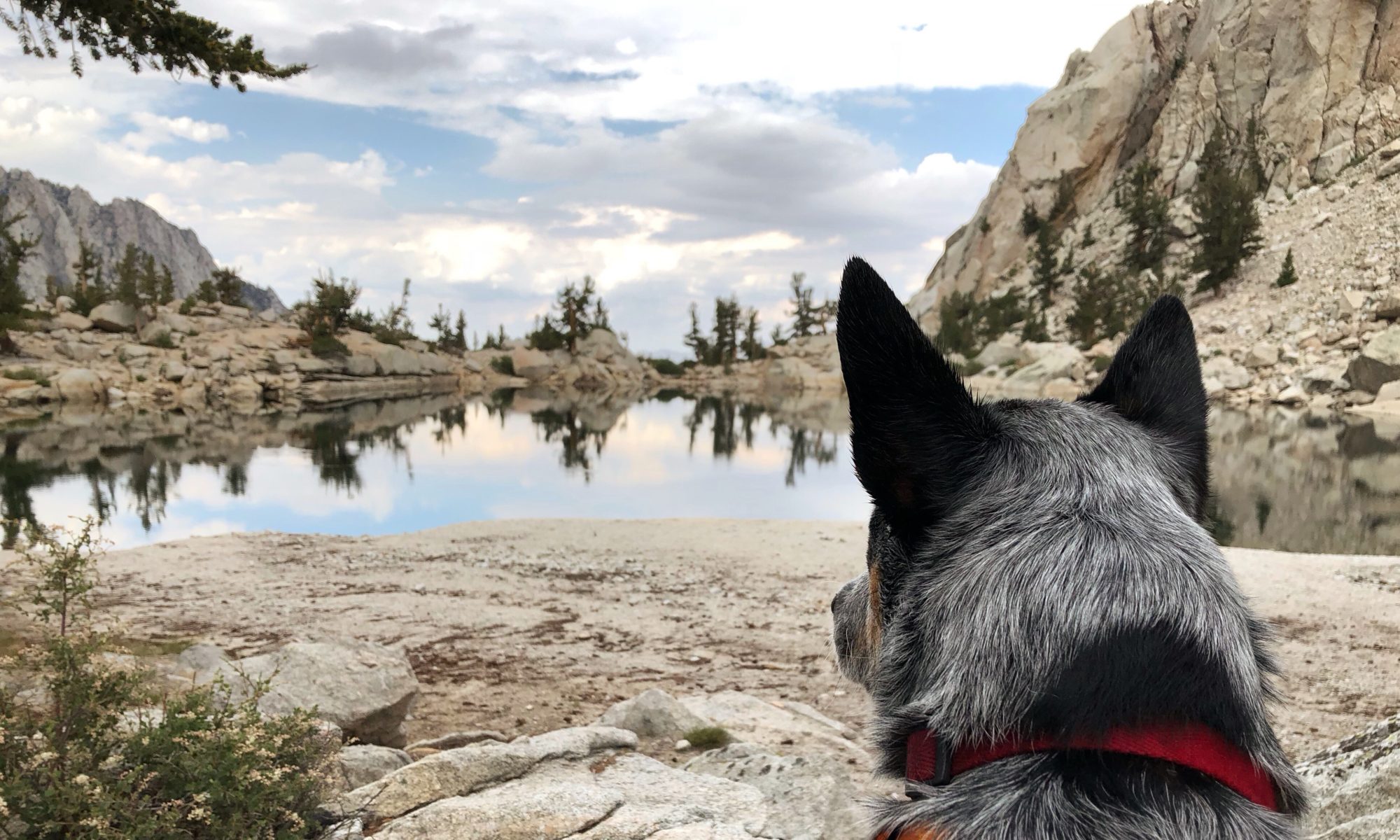Our church was considering purchasing two tables for their new filming studio, but there was not really an affordable option that fit the dimension requirements that we needed. I volunteered my woodshop for the project and designed two tables that would fit the bill. A few requirements I had to consider when designing were:
- 66” long x 18” wide x 30” tall
- Table apron/overhang that extended past the knee on the side facing the camera to not distract from the film subject
- Weight is light enough for a single person to move easily
I wanted to work with a hardwood for the legs and rails, but I knew a solid hardwood top would be too heavy, so I figured I could create a grid structure out of pine and then laminate ¼” sheets of plywood to either side. Then I could trim the top with hardwood to conceal any unsightly plywood and pine that was showing. This top would be strong and light, but the idea of a cheap plywood top paired with a beautiful hardwood base would look a little mismatched. After a lot of consideration on the type of material I would use for the top, I settled on painting the plywood portion of the top black. The apron would also be painted black to match.
I purchased 37 board feet (BF) of 6/4 Cherry for the legs, rails, and trim. The hardwood store’s selection of wood suitable for the legs was unsatisfactory—mostly on account of its price ($4.66/BF for 6/4 Cherry vs. $25.00/BF for Cherry leg blanks). It was more cost effective to laminate the 6/4 Cherry for the legs.
The hardwood sat in my garage for a couple months before I actually got around to the project.
Charlie giving moral support
I milled all the lumber required for the legs first. Once all the legs were laminated, they were cut to final length.
Milled legs
A taper was applied to the inside leg faces with my table saw using a custom shop-made jig.
Base joinery was mortise in tenon. I cut a dado in the legs and rails that would accept the panels forming the apron. The mortises were cut on my makeshift router table using a ¼” straight bit and the dados were cut on the table saw using a single blade from my dado stack. I squared and cleaned up the mortises with a 1/2” chisel. Tenons were cut on table saw using a shop made jig. Fortunately, the height of the garage allowed me to cut the rails vertically on the table saw using the jig.
Dados in legs and rail pieces
A dry fit of all the components was done to plan for a successful glue up.
The grid for the top was formed with some pine purchased from the local Home Depot, and I milled the pine down to ensure it would form a perfectly flat grid once assembled. Pocket holes were used to create the grid skeleton.
Pine grid for table top
The frame was lightly sanded before laminating the ¼” plywood to the top.
Light sanding of top with laminated plywood
The tops and aprons were painted black using General Finishes Lamp Black milk paint.
The rails and legs were sanded with 150 grit and then 220 grit. All the edges got an 1/8” round over on the router table.
I prefinished all the components with three coats of General Finishes Arm-R-Seal, and I was careful not to apply finish to the mortises or tenons, as these glue surfaces would be ineffective if covered with Arm-R-Seal.
After 3rd coat of prefinish on legs and rails
I glued the base together carefully to get the orientation of each piece exactly right. Pocket holes had been predrilled prior to finishing and assembly, and these holes were used to fasten the top to the base.
Base glue-up with aprons
The final step was to create the mitered trim and finish the top. I didn’t have the right size stock left over for the cherry trim so I had to pick up an extra board to finish the project, and ended up trimming the top to the right length at the miter saw. This eventually made the corners have really tight miters.
The top was finished with four coats of Arm-R-Seal and a final buffing.
The final product was a simply designed, very light yet durable table suitable for a film studio.























